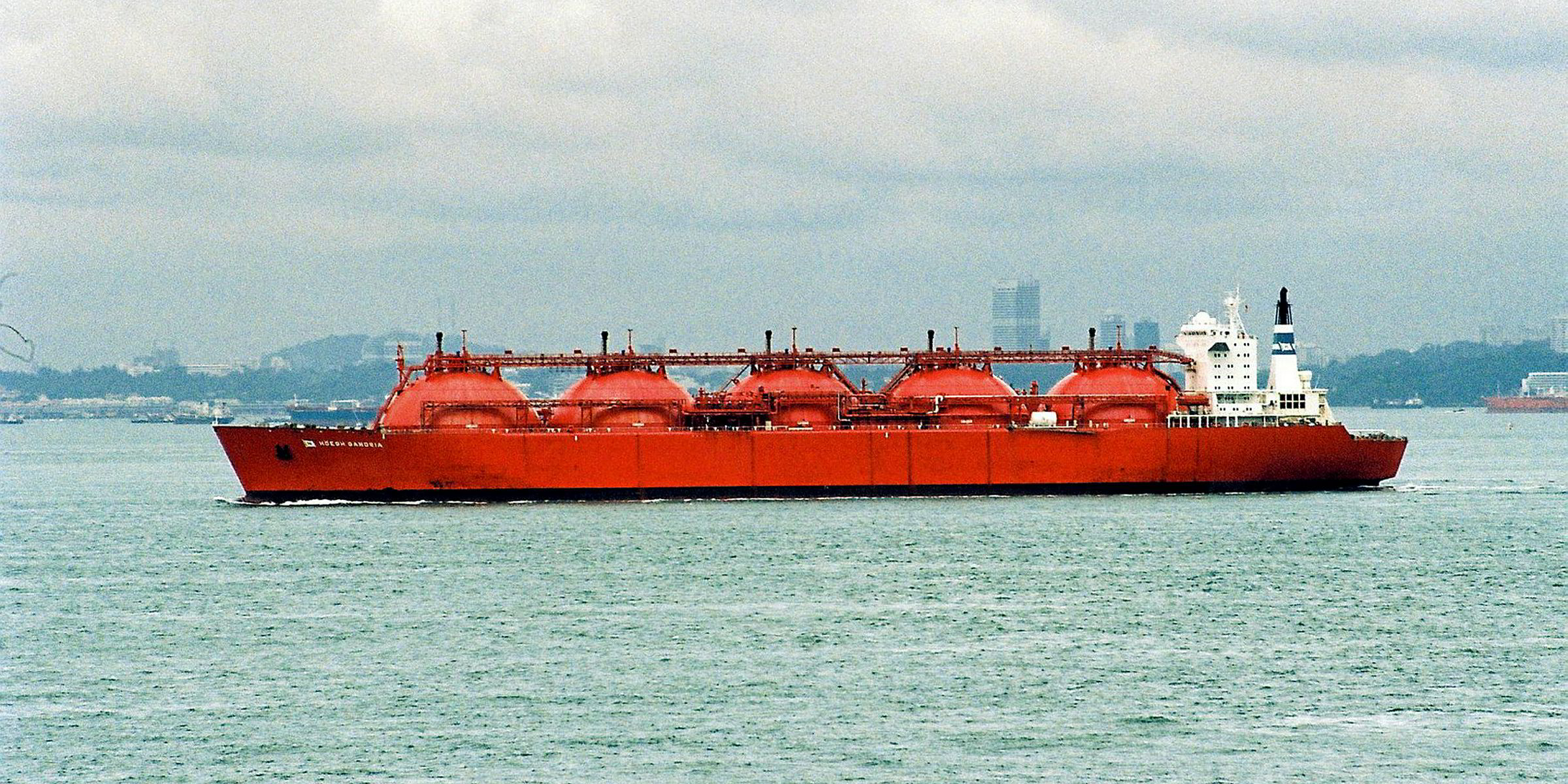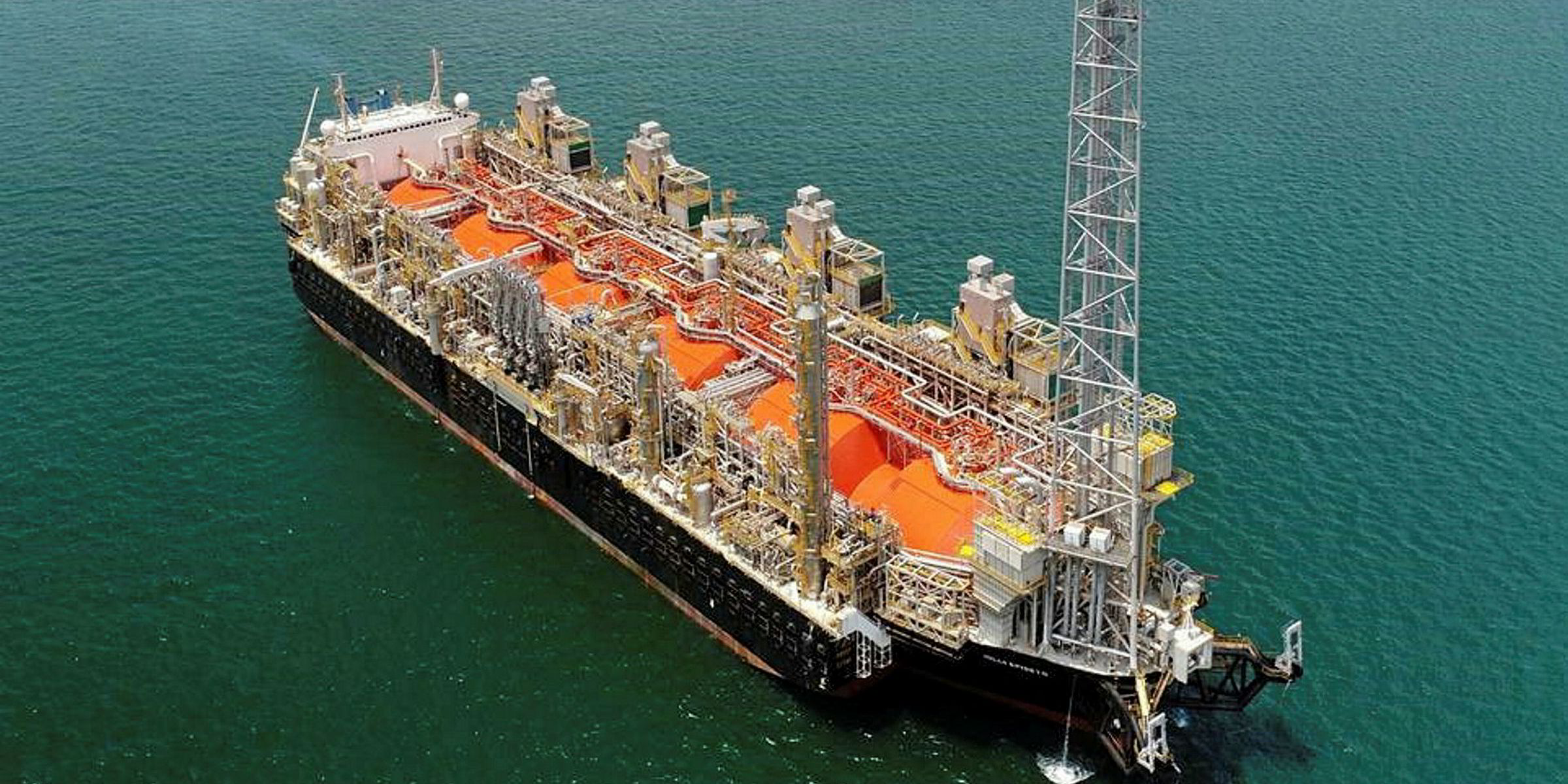Seeing Golar LNG’s first floating LNG unit Hilli Episeyo emerge from Keppel Shipyard in Singapore was “fantastic”, new company chief executive Iain Ross says.
He adds that it would be “really exciting” to do another FLNG production vessel and it looks like he is going to get his chance. But he says 2018 is all about delivery.
Under the company’s upstream asset grouping OneLNG, the Hilli Episeyo is currently commissioning and is on track to start producing LNG off Cameroon at the end of this quarter.
“I think that will open the world’s eyes to the potential of FLNG,” Ross says. “It is a lot more cost efficient than some of the competing FLNG projects out there.”

Ross says the next area of focus for him is to get the Ophir Energy-led Fortuna FLNG project — Golar plans to use its laid-up 126,000-cbm LNG carrier Gandria (built 1977) — up and running.
He says Golar and its partners are very committed to this project.
“The economics are very robust," he says. "We feel confident we will get the right financing deal in due course to take it forward.”
At the same time, Ross says he will be trying to make progress on the next FLNG deals so the company can get a pipeline for these projects running.
“We should be able to do five FIDs [final investment decisions] in five years," he says. "That is not an unreasonable target.”
He describes Golar as having “a hopper” of potential FLNG projects and, while West Africa offers the prospects of cheaper gas and benign metocean conditions, the company already has a Mark II FLNG design on the drawing board to suit other prospects and would no doubt develop a Mark III offer in time.
“We are a developer, an owner and an operator of FLNG vessels," he says. "We are not an EPC [engineering, procurement and construction] contractor to build them for someone else. It is about matching the development opportunity with the most cost-effective overall economic solution.”
The new chief stresses that the over-arching priority remains the safe and high-quality operation of the company’s shipping fleet and floating storage and regasification units.
Shipping is core expertise that has allowed Golar to move both upstream to create OneLNG and further downstream with its regasification and power interests in Golar Power.
Ross is upbeat about the sector’s prospects, pointing out that time-charter-equivalent numbers have doubled in the fourth quarter.
Of the Golar’s older tonnage, he says the company can look at redeployment in the improving charter market or options to convert these ships into FSRUs or FLNG units.
Golar has just notched up a recent success on this with the charter of one of its first generation FSRUs to New Fortress Energy in Jamaica.
Ross says it is testament to Golar’s agility that the company was the first to convert an existing LNG carrier into an FSRU. But he says the sector is now commoditised and very competitive.
So downstream with Golar Power, the intention is to try to integrate floating regasification with power opportunities. An example of this is the huge Sergipe Power Plant project in Brazil, which Ross has already visited and where the company’s FSRU newbuilding Golar Nanook will be employed.
“For me, that is by far the best use of a regas vessel — in this combination rather than simply competing in the regas market alone,” he says.






